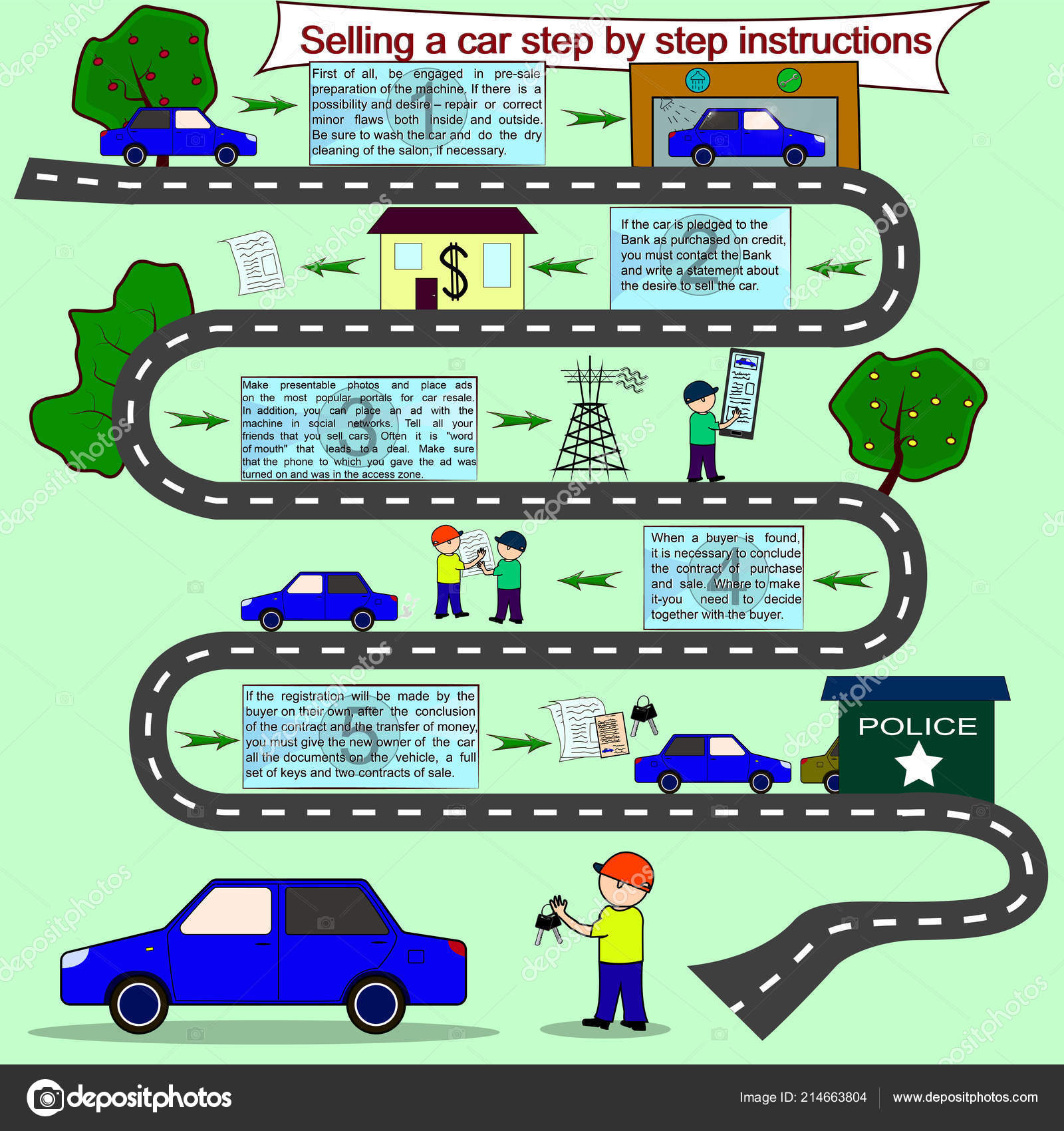Interpreting Your Car'S Alert Lighting: Their True Ramifications
Interpreting Your Car'S Alert Lighting: Their True Ramifications
Blog Article
Material Produce By-Higgins Alvarado
When you lag the wheel, those glowing warning lights on your control panel can be a bit bewildering. Do you recognize what they're trying to tell you regarding your cars and truck's wellness? Understanding the importance of these lights is important for your safety and the durability of your car. So, the following time among those lights pops up, would not you intend to decode its message accurately and take the needed steps to resolve it?
Common Caution Lighting and Interpretations
Recognize common caution lights in your auto and comprehend their definitions to guarantee safe driving.
One of the most common warning lights consist of the check engine light, which signals concerns with the engine or exhausts system. If this light begins, it's crucial to have your car inspected quickly.
The oil pressure warning light indicates low oil stress, requiring immediate attention to prevent engine damage.
A blinking battery light could suggest a damaged charging system, potentially leaving you stranded otherwise attended to.
The tire pressure monitoring system (TPMS) light alerts you to low tire stress, influencing vehicle stability and gas performance. Disregarding this can bring about unsafe driving problems.
The abdominal muscle light shows a problem with the anti-lock braking system, compromising your ability to stop promptly in emergency situations.
Lastly, the coolant temperature warning light warns of engine overheating, which can result in severe damages otherwise settled promptly.
Comprehending these common caution lights will certainly assist you deal with issues quickly and preserve risk-free driving conditions.
Importance of Prompt Attention
Understanding the usual caution lights in your automobile is just the very first step; the importance of immediately addressing these cautions can not be highlighted enough to guarantee your safety on the road.
When a caution light illuminates on your dashboard, it's your vehicle's way of communicating a possible issue that requires attention. Neglecting these warnings can result in extra extreme issues down the road, jeopardizing your safety and security and potentially costing you much more out of commission.
Trigger attention to advising lights can protect against break downs and crashes. For example, a blinking check engine light might show a misfire that, if left ignored, can cause damage to the catalytic converter. Resolving this quickly can conserve you from a pricey repair.
Similarly, a brake system alerting light might indicate low brake liquid or used brake pads, essential components for your safety and security when driving.
Do It Yourself Troubleshooting Tips
If you discover a warning light on your control panel, there are a couple of DIY troubleshooting suggestions you can attempt before seeking specialist assistance.
The first step is to consult your car's handbook to recognize what the specific warning light suggests. Sometimes marine paint protection can be as simple as a loosened gas cap causing the check engine light. Tightening up the gas cap may resolve the issue.
Another common concern is a reduced battery, which can cause various advising lights. Inspecting the battery links for deterioration and ensuring they're safe might repair the problem.
If a caution light lingers, you can attempt resetting it by disconnecting the auto's battery for a few mins and then reconnecting it. In addition, examining your vehicle's liquid degrees, such as oil, coolant, and brake fluid, can assist troubleshoot alerting lights related to these systems.
Verdict
Finally, understanding your automobile's caution lights is important for maintaining your automobile running efficiently and safely. By quickly attending to these signals and knowing what they indicate, you can avoid costly repair work and prospective break downs.
Bear in mind to consult your auto's handbook for certain information on each alerting light and take action appropriately to make sure a hassle-free driving experience.
Keep educated, remain car paint correction auckland -free when driving!
